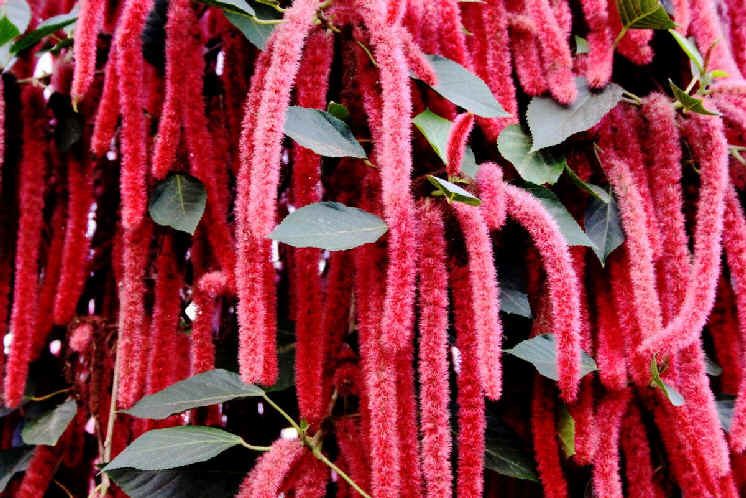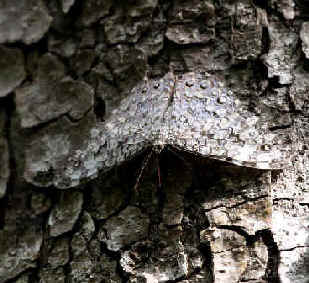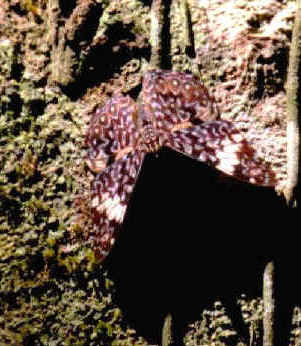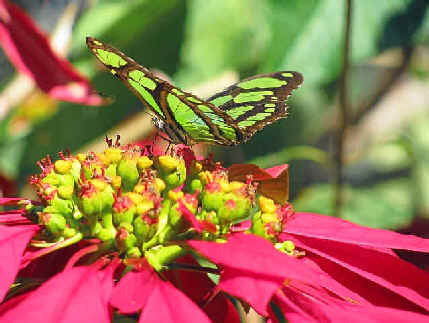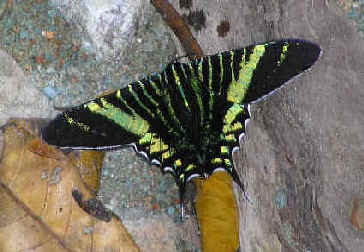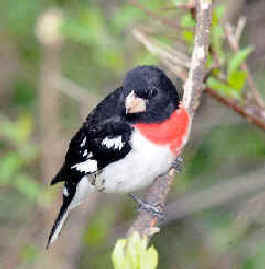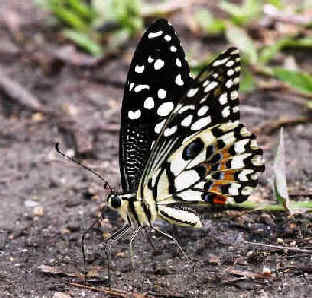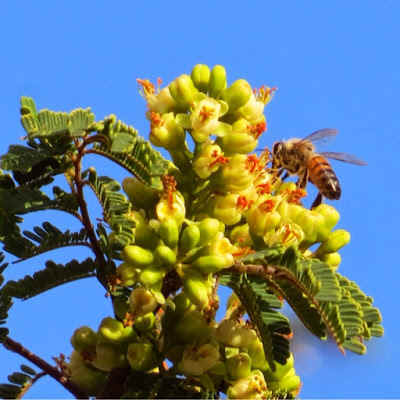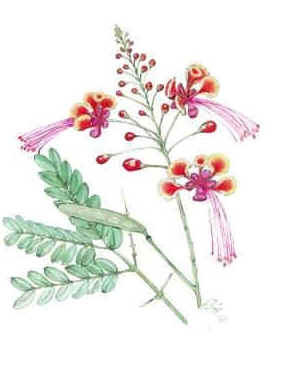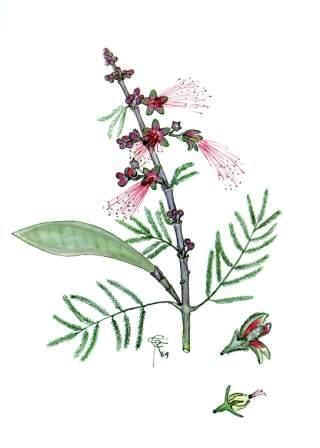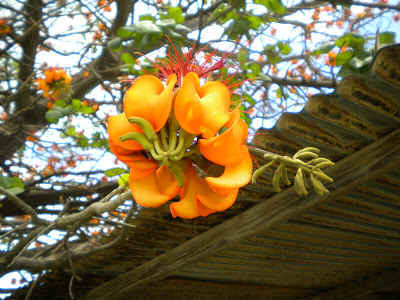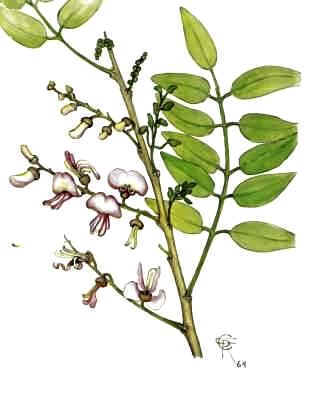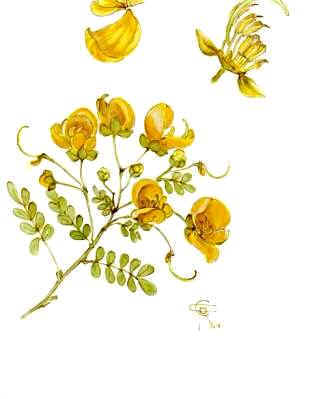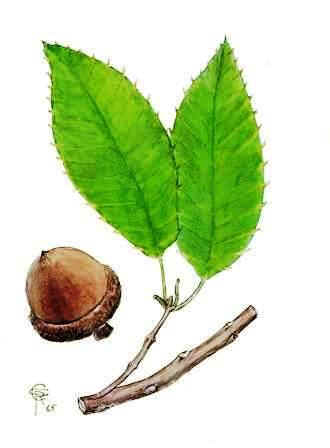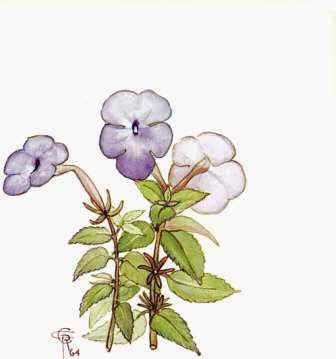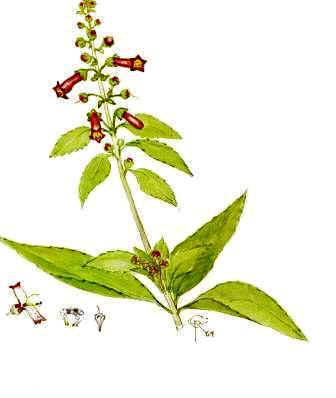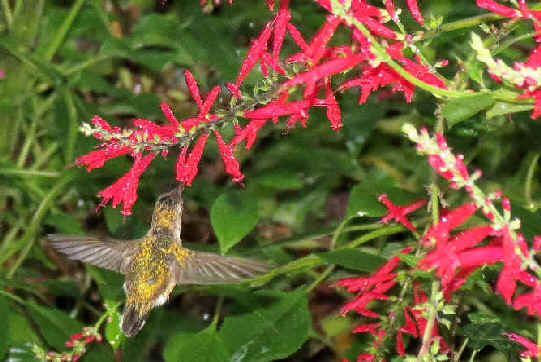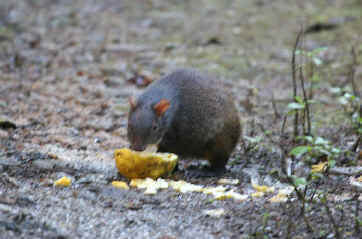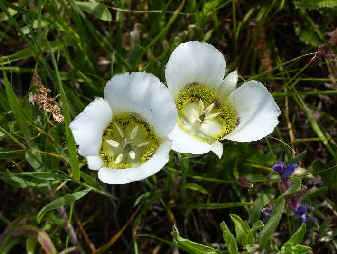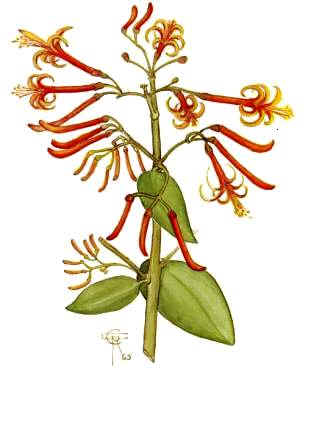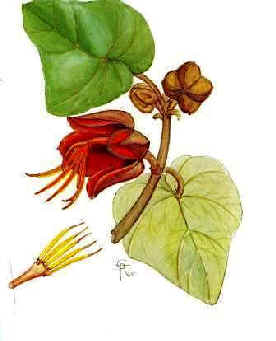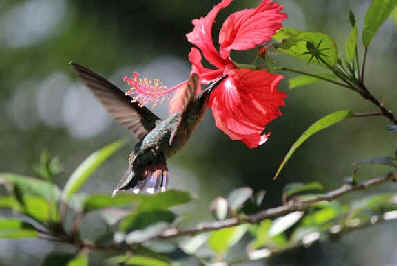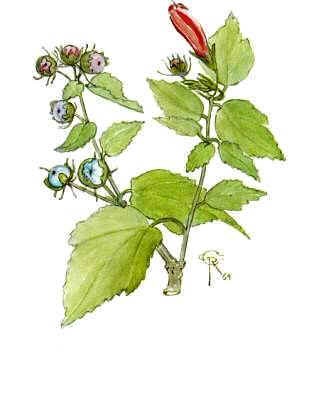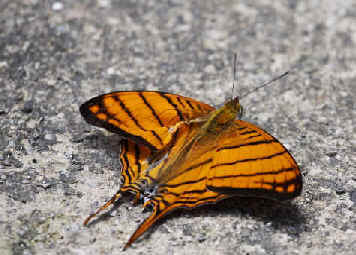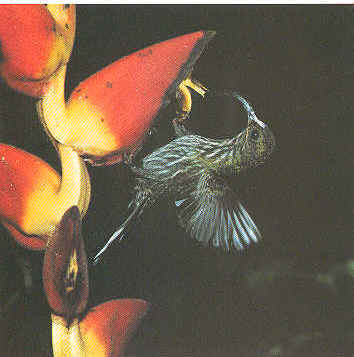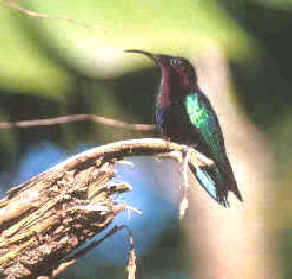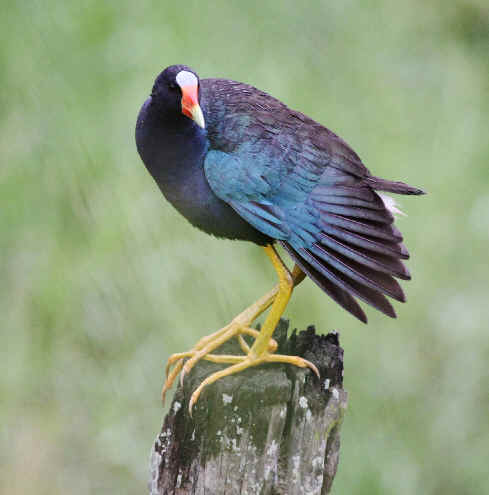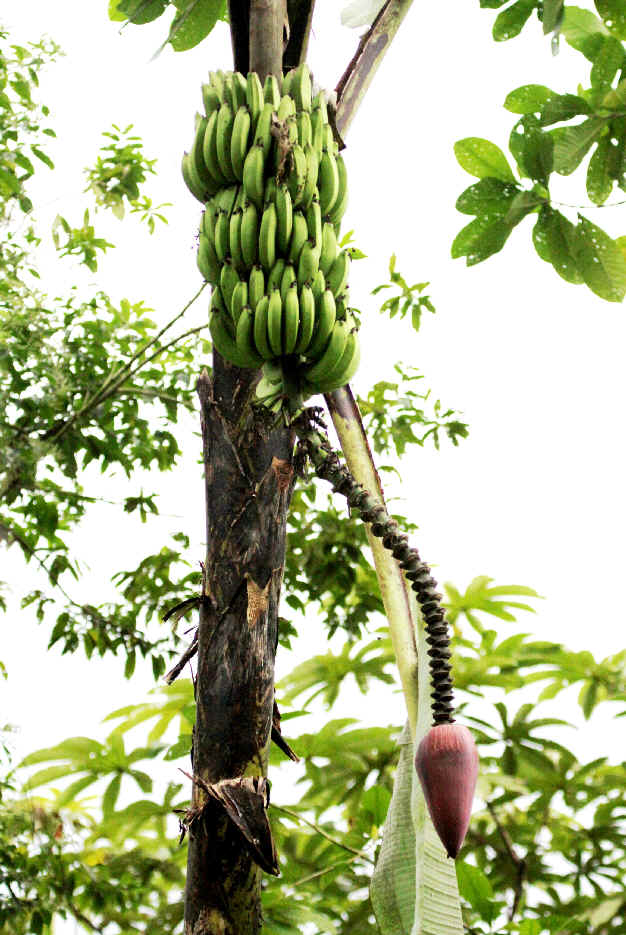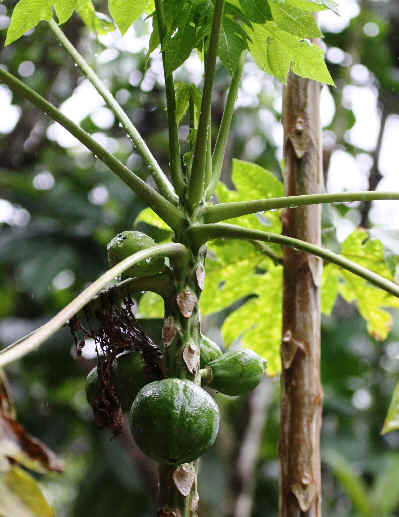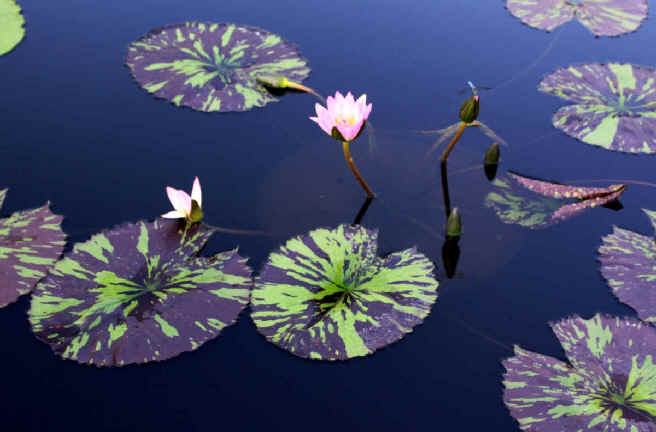
E-mail: font@focusonnature.com
Phone: Toll-free in USA 1-888-721-3555
or 302/529-1876
 |
PO
Box 9021, Wilmington, DE 19809, USA E-mail: font@focusonnature.com Phone: Toll-free in USA 1-888-721-3555 or 302/529-1876 |
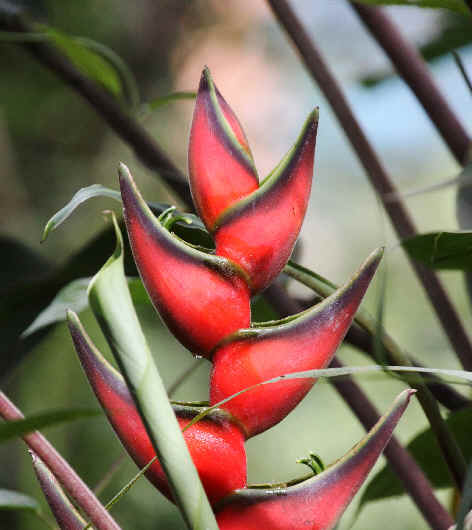
Tropical Plants
of the
Americas
in Mexico, Central America
South America
and the Caribbean
with those during
Focus On Nature Tours
thru 2015
noted with an (*)
during tours in the months of
January, February, March, April,
May, July, November, and December
The 2nd part of a
three-part list
of Tropical Plants of the Americas compiled by Armas Hill
Photo at upper right: HELICONIA,
photographed during the FONT tour
in southern Ecuador in April 2014
(photo by Marie Gardner)
FONT tours in the Neotropics have been
in southern Mexico, Central America, South America, and on islands
in the Caribbean.
In the list that follows, below the scientific names are names in English and Spanish (S:)
and Portuguese (P:).
The families in the list are given (mostly) in alphabetical order, and genera
within them are given alphabetically as well.
Families that are "break-offs" from other families are at times
here still with them, and may be out of alphabetical order.
Plant Families listed
alphabetically by the scientific name of the family
(prior to DENNSTAEDTIACEAE and after NYMPHAEACEAE)
are in the first and third parts of this list:
TROPICAL PLANTS OF THE AMERICAS, Part
#1
(from ACANTHACEAE, Acanthus to CYATHEACEAE, Tree Ferns)
TROPICAL PLANTS OF THE AMERICAS, Part #3
(from OCHNACEAE, Wild Plane to ZYGOPHYLLACEAE, Caltrop)
Links to Plant Families in this Part of the List:
DENNSTAEDTIACEAE - Ferns DILLENIACEAE - Rose Apples DIOSCOREACEAE - Yam
DRACAENACEAE
EBENACEAE - Ebony and Persimmon
ERICACEAE - Heath family ERYTHROXYLACEAE - Coca family
EUPHORBIACEAE - Spurges including Poinsettia, Rubber Tree, Cassava (or Tapioca)
FABACEAE - Legume,
or Pea or Bean Family (includes CAESALPINIOIDEAE, the Carob Plants, and
MIMOSOIDEAE, the Mimosa Plants)
including Acacias,
Groundnut (or Peanut), Pigeon Pea, Flamboyant Tree, Monkey Ladder Vine (or
Caracol), Elephant-ear (or Guanacaste) Tree, Coral Tree, Inga Trees, Ib (or
Common Lima Bean), Black Bean (or Frijoles Negro), Raintree,
Tamarind, Retama
FAGACEAE - Oaks (in the Beech family) GENTIANACEAE - Gentians GESNERIACEAE - Gesnerias
GOODENIACEAE - Fan-flowers
GROSSULARIACEAE includes
Escallonias
GUNNERACEAE includes
Poor man's Umbrella
HUMIRIACEAE ICACINACEAE
JUGLANDACEAE - Walnuts includes Pecan
LAMIACEAE, or LABIATAE - Mints includes Pineapple Sage, Teak
LAURACEAE - Laurel includes Cassia Cinnamon, Avocado
LECYTHIDACEAE - Brazil Nut plants and allies includes Brazil Nut Tree, Cannonball Tree, Monkey Pot Tree
LILIACEAE - Lilies (including what was in AMARYLLIDACEAE, the Amaryllis Family)
LORANTHACEAE - Mistletoes LYTHRACEAE - Loosestrifes includes Pomegranate
MAGNOLIACEAE - Magnolias MALPIGHIACEAE
MALVACEAE -
Mallows (includes BOMBACACEAE, the Cotton Tree Plants)
including Cuipo Tree, Kapok (or
Ceiba) Tree, Hand-flower Tree, Okra, other Rose Mallows (or Hibiscus)
MARANTACEAE - Arrowroot, or Prayer-plant Family MELASTOMATACEAE - Melastomes
MELIACEAE - Mahogany MENISPERMACEAE
MORACEAE - Mulberry plants includes Breadfruit, Bread Nut (or Mayan Nut), Milk Tree, Strangler Fig
MUSACEAE - Banana plants, Heliconias includes Banana, Plantain
MYRICACEAE - Wax-myrtle MYRISTICACEAE - Nutmeg MYRSINACEAE - Myrsine
MYRTACEAE - Myrtles
includes Allspice,
Guava
NYCTAGINACEAE - Four O' Clocks
includes Bougainvillea NYMPHAEACEAE - Water Lilies
![]()
AN
ALPHABETICAL DIRECTORY OF PLANT GENERA IN THIS WEBSITE NOTING FAMILIES
A
Photo Gallery of Plants during a FONT Tour in the Dominican Republic
with some of the photographed
plants not identified. If you can ID any, we'd greatly
appreciate.
A Photo Gallery of Plants during
some FONT Tours in Ecuador
with some of the photographed plants not identified. If you can ID any, we'd
greatly appreciate.
Codes:
BR: in Brazil BZ:
in Belize CR: in Costa
Rica CY: in the Cayman
Islands DR: in the Dominican
Republic
EC: in
Ecuador GU: in Guatemala JM: in
Jamaica MX: in Mexico
MX(YU): in the Yucatan area of Mexico
PE: in Peru PN: Panama PR: Puerto Rico
(ph): species with a photo in the FONT web-site
In this list, Spanish names follow the letter S:
Portuguese names follow the letter P:
Another code throughout the list here, (TPCR:xxx),
refers to pages with a photograph of the particular species
in the book "Tropical Plants of Costa Rica, a Guide to Native and Exotic
Flora" by Willow Zuchowski, with photographs by Turid Forsyth, 2007.
Other Links:
Information about
Upcoming FONT Birding & Nature Tours:
in the Caribbean in
Central America in
South America (Brazil and Ecuador)
or by month in: 2015
2016 or:
by geographic locations worldwide
Lists and Photo Galleries in this Website of Other Nature:
Birds in: the Caribbean Central America South America (Brazil) South America (Ecuador)
A List and Photo Gallery of Hummingbirds in 2 parts
Mammals: the Caribbean Central America South America
Butterflies
and Moths in: the
Caribbean Central America
South America
Other Lists and Photo Galleries in this website relating to
Plants:
Tropical Plants on West Indian Islands in the Caribbean
Orchids of the Americas Fruiting Plants and Others in Brazil
Wildflowers & Other Plants in Texas
Desert Plants of the Southwest US & northern Mexico
Wildflowers & Other Plants in Eastern North America, a list in 2 parts
Northern Plants in Alaska, Iceland, & the mountains of Hokkaido, Japan
(with some notes about medicinal and edible plants)
Links to Other
Lists & Photo Galleries of Plants Directory of Photos in this Website
![]()
Books that have been sources for this list include:
"Aves Brasileiras e Plantas que as Atraem" by Johan Dalgas
Frisch and Christian Dalgas Frisch, 2005
"Botanica's Pocket Orchids" by various authors, 2007
(with over 1200 species listed)
"Brazil, Amazon and Pantanal - the Ecotraveler's Wildlife Guide"
by David Pearson and Les Beletsky, 2002
"Brazilian Fruits and Cultivated Exotics" by Harri Lorenzi,
Luis Bacher, Marco Lacerda, Sergio Sartori, 2006
"Butterflies, Moths, and Other Invertebrates of Costa Rica, a
Field Guide" by Carrol Henderson, 2010
"The Butterflies of Hispaniola" by Albert Schwartz, 1989.
"Fruits and Vegetables of the Caribbean" by M Bourne, G. Lennox and
S. Seddon, 2006
"Hispaniola" by Eladio Fernandez, 2007
"Hummingbirds, a Life-size Guide to Every Species" by Michael
Fogden, Marianne Taylor, and Sheri Williamson, 2014
"A Naturalist in Costa Rica" by Alexander Skutch, 1971
"Threatened Plants of the Cayman Islands - the Red List" by
Frederic Burton, 2008.
"Tropical Plants of the World" by Jens Rohwer, 2002
"Yucatan, Recipes from a Culinary Expedition" by David
Sterling, 2014
About 50 color illustrations in this 3-part list are from the book "Flowers
of Guatemala" by Carol Rogers Chickering.
Most of the illustrations were done about 50 years ago in 1964-1965. The book
was published in 1973.
Another book that has been a valuable source for information here is "Tropical
Plants of Costa Rica, A Guide to Native and Exotic Flora" by Willow
Zuchowski, with photographs by Turid Forsyth, 2007.
As noted above, the code (TPCR:xxx) in this
list refers to pages with a photograph of a particular
plant.
A List of
Tropical Plants
of the Americas, Part 2:
Family
DENNSTAEDTIACEAE (Ferns)
Genus
PTERIDIUM
